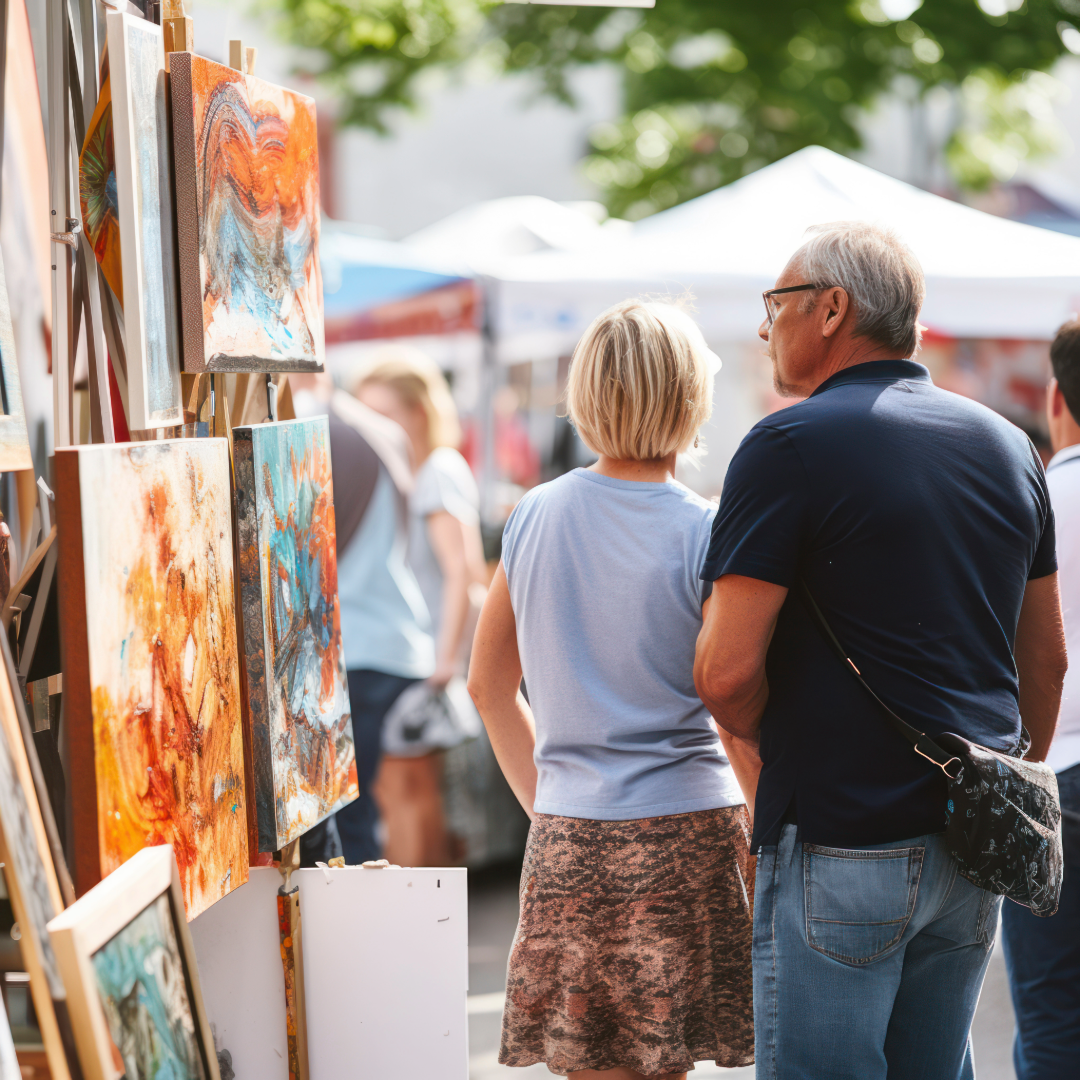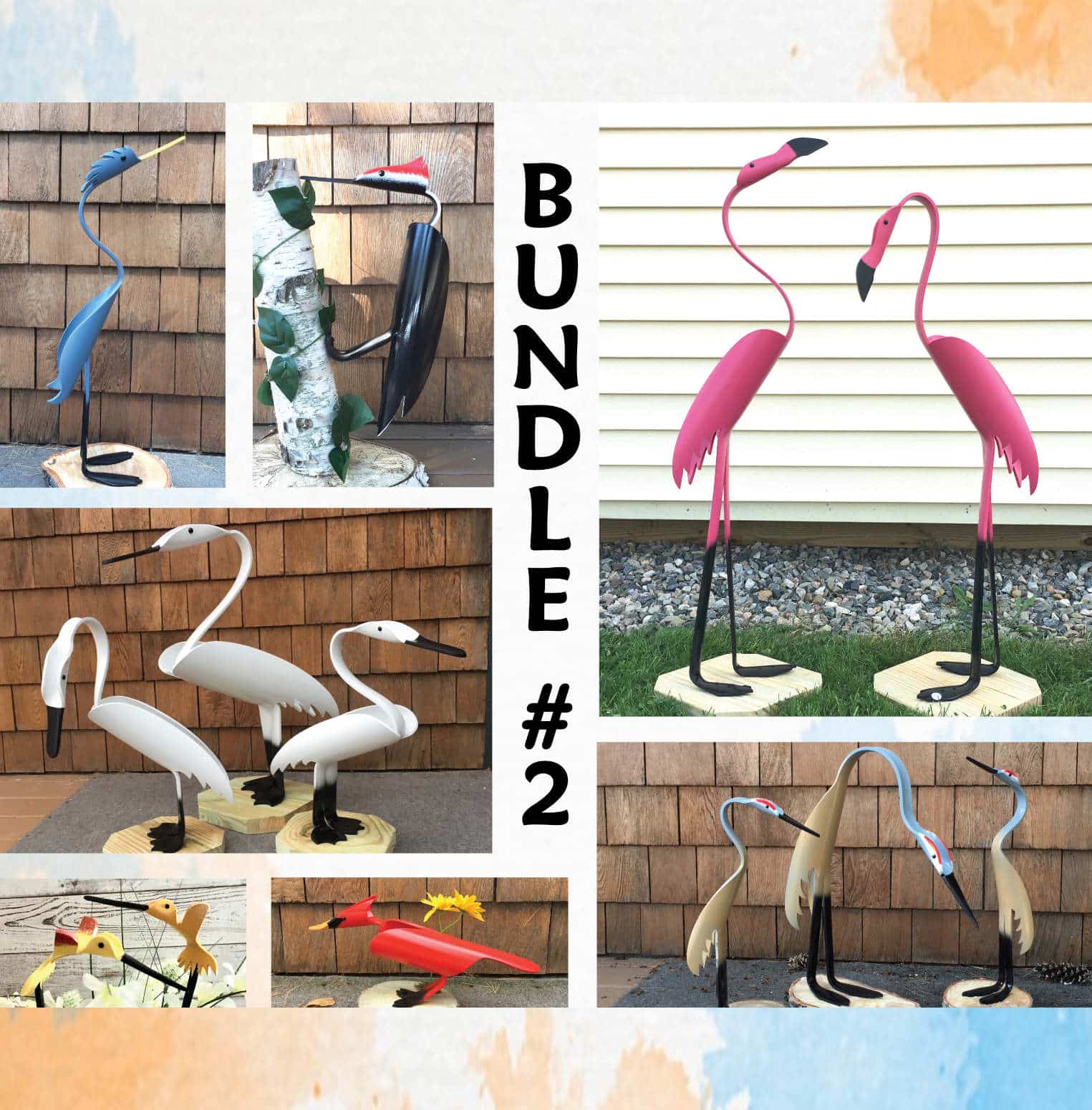Your cart is currently empty!

Preparing For Your First Craft Fair
Be Prepared For Any Kind of Transaction
POS and Payment Processing
While many sellers prefer handling payments in cash to avoid paying payment processing fees, it is important to be equipped to handle payments of all kinds. You will miss out on many potential sales if you cannot accept a credit card transaction or the occasional Venmo or Paypal transaction.
POS (Point of Sale) equipment has become very affordable in recent years. For Craft Fairs, it’s best to use a lightweight terminal that integrates directly with your phone to handle credit card transactions. Keep in mind that these devices will only work if you have a data connection either through your mobile carrier or through the venue’s wifi.
Some popular payment processing devices at craft fairs include:
Bring Cash
If your payment processor of choice goes down, you’re unable to connect to the internet or your customer prefers to pay with cash, you will need to have cash on hand to make change.
Be sure to bring plenty of cash in order to make change, particularly small bills. There is nothing more embarrassing than having to ask your craft fair neighbors if they can provide change for you to settle your cash transaction with your customer.
Venmo, Cashapp
It is worth setting up a Venmo and Cash App account just in case a customer prefers to make a transaction using these platforms. While you may not want to keep money on these platforms, making it easier for the customer to complete a transaction increases your chances of making a sale. By signing up for these sites ahead of time you can be ready for any type of transaction that comes your way.
Bring Zip Ties and Tape
This is critical, especially if you are selling outside. There is a high likelihood that when you least expect it, a large gust of wind will somehow manage to knock over products, display shelves, signage, and business cards. Sometimes a small piece of double-sided sticky tape is enough to keep your inventory from flying away, and other times you will need to zip-tie parts of your display directly to the table.
Also, consider purchasing weights to secure your tent to the ground in the case of high wind when selling outdoors. Heavy rocks also do the job.
Bring Plenty of Bags, Wrapping Materials
Be sure to have plenty of bags, it also helps to have bags of different sizes to accommodate the different amounts of product a customer might purchase. If your products are fragile, you will also need to have plenty of paper to package the product in to protect the product while the customer is moving about the craft fair. Ensure that the bags you are using are appropriate for your product. In some cases, if a customer will be walking about the fair for a bit longer you can offer to hold the product for them until they leave to reduce the chance of the product breaking.
I recommend re-using bags rather than buying new ones. You can buy a pack of stickers with your logo on them in order to brand the bags, rather than getting custom printed bags.
Pricing and Product Selection
Bring More Than You’ll Need, But Not Everything
Do your best to gauge what type of consumer you will be encountering at the event and edit your product selection to cater to that type of customer. Generally, knowing what products do well at which type of events comes with experience (and can still feel completely random at times anyway), but there are likely some hints that can help you figure out what types of products you should be bringing.
- Who are the other vendors? What do they sell?
- You can review the vendor’s site and social media, and pay attention to the price point and types of items that the vendor is selling. If for example, they are selling pottery with an average price of $50/product, and they are selling at this event for the second year in a row, that can be a hint that the event is capable of supporting a market of customers who are at least comfortable with a $50 price point.
- Who are the customers? Why are they going to the event?
- Is the event a dedicated craft fair? Or is it a brewery, garden center, and/or other venue that happens to be running a craft fair? If you are selling at a brewery, your customers will almost certainly be over the age of 21 and they are likely purchasing for themselves. At a general craft fair you will see more families, and there is a higher likelihood of your customers being on the lookout for purchasing presents for other people.
- What Expectations is the Event Organizer Setting in their Marketing?
- The event organizer is likely creating social media posts, paid advertising and flyers. What are they saying customers should expect from the event?
It always helps to bring a range of products. Never assume that the customers at the event will be unwilling to pay for your higher-priced items, or that bringing lower-priced items will cheapen the rest of your work. Instead, you want to consider these points to know how much of each type of item you should bring.
The absolute most important thing is to not run out of product. Chances are you paid something to sell at the event, and you need to make the most out of your margin. Leaving events early is considered rude, so if you sell out of product early, you will be awkwardly sitting at an empty table handing out business cards (if you didn’t run out of those too).
Make Pricing Prominent and Clear
One of the most awkward exchanges you can have at a craft fair is when a customer loves a product and asks the price, then after you tell them the price, their eyes get wide and they put the product down and walk away. People don’t generally enjoy asking about prices, give them the tools they need to know whether they want to buy an item without putting them in the awkward spot of needing to ask. Adding price tags on the product is great, but a card next to the item with the title, price, and description also works as well.
In some cases, vendors don’t place set pricing on products at all. This is meant to encourage the customer to ask about the product, but in my opinion, this tactic just leads to awkward exchanges and the feeling in the customer’s mind that the vendor is just making up a price on the spot.
While there is nothing wrong with adjusting prices if you need to, ensuring your pricing is consistent with your website is a good idea. The customer does not care that you spent $75 on the booth fee if they go home and go to your website to leave a review and see the same product listed for $10 cheaper they will feel like you were dishonest with them.
Additionally, the night before the event, it is good to update pricing in your payment processor so you can quickly ring up sales without needing to enter individual prices for every item while you are at the event.
Your Neighbors Are Your Friends
Chances are you will have one or two neighbors at your craft fair. If the organizer running the event is doing a good job, they typically ensure that your neighbors are not selling products similar to yours.
Your neighbors are a wealth of information. If they’ve attended the event in the past they can give you tips on what products did well for them last year or how many people attended the last event. They likely have a list of other events they plan on attending this year that you might be interested in. You can learn a lot about their expectations for the event by looking at their price point and product selection as well.
After the event starts, you may find yourself needing to use the bathroom, buy a bottle of water, or get food. If you and your neighbor are comfortable with each other you can likely trust them to watch your booth for those moments where you have no other choice.
Bring Business Cards and a Sign
You will likely see some incredible booths while you are at your craft fair. You will see color-coordinated tablecloths, large custom-printed branded signs, branded display stands, etc. It can be tempting when getting started to invest heavily in branding. Your products should be the star of the show and should be easy to see from the paths customers are taking to walk between booths. Chances are business cards and at least one sign with your logo and brand name on it is enough for your first few shows.
How much you should invest in your booth display is up to you, and is largely dependent on the types of products you are selling. If your product is clear to see from a distance you may not need much signage, whereas if your product is small, or is packaged (skincare, food products), then you may need more signage that indicates what you are selling at a distance.
It’s Not Just About Selling
Vendors have many different approaches to selling their products. Some sellers have a spiel that they rattle off for every customer who visits their booth. Other sellers will silently stare at potential customers until they are talked to first. There is likely no perfect system for knowing when and how to interact with every customer, but there are a few things to keep in mind that can help you with these interactions.
Remember that your customer is a person. If they are interested in your product, they likely have other interests that are similar to yours. Learn about them and enjoy the conversation! They may just walk away with a business card, but that doesn’t mean they won’t purchase one of your products in the future. In many cases, customers who have a good interaction with us, but do not purchase at that moment, walk around the craft fair and eventually decide to purchase from us. In some cases, that person may happen to own a store or have a stash of craft supplies they are looking to offload. If your conversations are limited to making a sale, you will likely miss out on many other potential opportunities.
Did We Miss Something?
Please use the form below to submit your tips for first time craft fair sellers. Be sure to include your name and what you sell so we can properly credit you.


